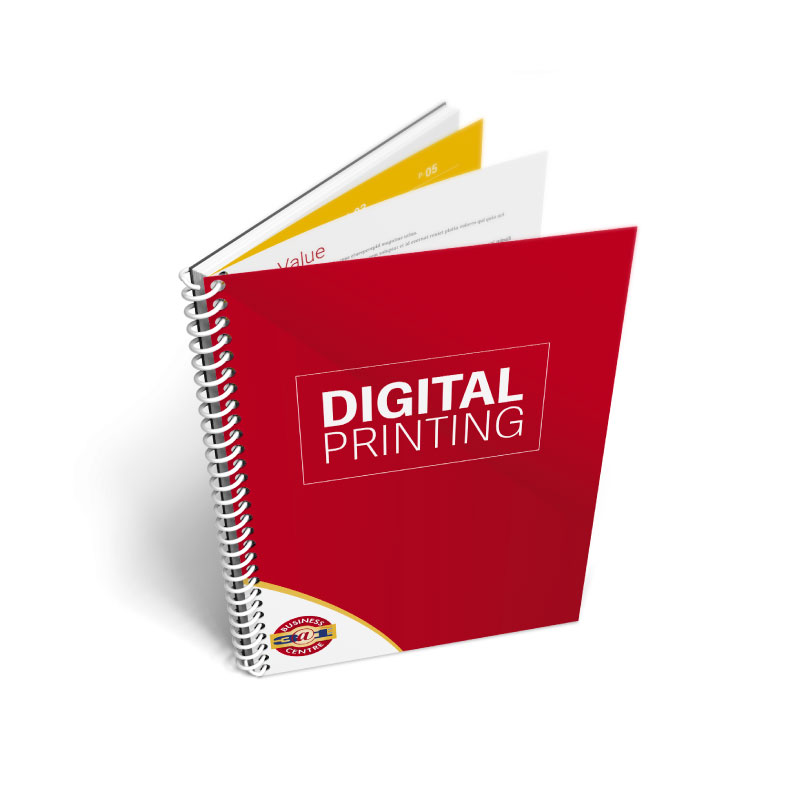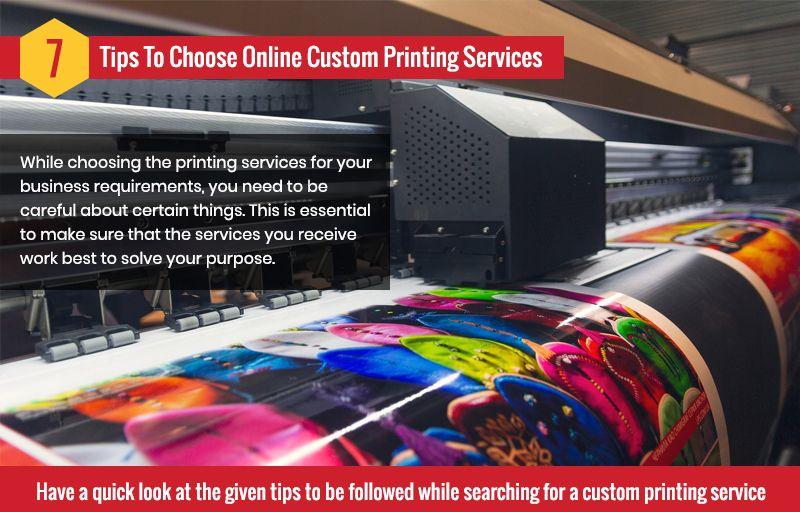Stay competitive with smart pricing strategies in print on demand stores.
Stay competitive with smart pricing strategies in print on demand stores.
Blog Article
The Future of Marketing Materials: Technologies in Digital Printing
As the advertising and marketing landscape continuously develops, electronic printing is becoming a transformative pressure, poised to redefine conventional practices. The change from typical to tailored products, driven by technical improvements, assures to change brand-consumer partnerships. This transition is not without its intricacies and obstacles. It beckons an exploration into the cost-effectiveness, sustainability, and total efficiency of electronic printing in contemporary advertising approaches.
The Shift From Standard to Digital Printing in Advertising And Marketing
As the world swiftly transitioned into the digital age, the landscape of advertising experienced a substantial change from traditional to digital printing. This shift was driven by a myriad of variables, consisting of the demand for even more customized, targeted advertising materials, in addition to the demand for speed and efficiency in production. Traditional printing techniques, with their prolonged turnaround times and limited personalization choices, were no more adequate in the busy world of electronic advertising. Digital printing arised as a remarkable option, offering extraordinary levels of adaptability, speed, and customization. Its capability to produce high-quality prints in brief durations, coupled with its capacity for on-demand printing, changed the advertising industry, rendering conventional methods obsolete.
The Technological Advancements Driving Digital Printing Advancement
While the benefits of electronic printing have spurred its fast adoption, it is the constant technological advancements that are really driving technology in this area. Innovations in electronic innovation have made it feasible to publish with unrivaled precision and speed, transforming the manufacturing of advertising and marketing products. Advancements in software technology, such as the surge of cloud-based systems, have structured the design-to-print procedure, improving performance and decreasing costs. Additionally, advancements in printer technology, particularly the introduction of high-speed inkjet printers, have significantly minimized the time it takes to publish huge amounts of advertising materials. These technical developments are not only enhancing the capabilities of digital printing yet additionally improving the method businesses approach their advertising methods.
The Influence of Digital Printing on Marketing Techniques
The development of electronic printing has actually significantly transformed conventional advertising methods. This innovation not just improves brand name presence in the electronic world but additionally provides cost-efficient options for companies. The subsequent sections will certainly even more explore exactly how electronic printing is changing the advertising and marketing landscape.
Reinventing Traditional Marketing Approaches
Digital printing has stormed onto the advertising and marketing scene, substantially moving the trajectory of typical strategies. Unlike conventional printing, which requires mass orders to be economical, digital printing enables for cost-efficient short runs and fast turn-arounds. The assimilation of QR codes and enhanced truth via electronic printing likewise gives an interactive experience, combining the physical and electronic realms.

Enhancing Brand Visibility Digitally
As marketing techniques rapidly evolve, digital printing has emerged as a potent device for enhancing brand name exposure. Digital printing permits for personalization, making it possible for brand names to tailor their advertising and marketing products to specific consumer segments. Electronic printing is not simply a technological improvement, but a tactical method for services aiming to optimize their brand's presence in the digital age.
Cost-Efficiency of Digital Printing
Beyond enhancing brand name visibility, electronic printing also significantly impacts marketing strategies via its cost-efficiency. Unlike standard printing methods that include numerous steps and products, digital printing requires less configuration time and resources, causing a reduction in overall prices. Furthermore, it permits on-demand printing, consequently eliminating the demand for mass orders, storage space, and waste from unsold products. It provides the adaptability to tailor prints to details Recommended Reading target audiences, reducing costs associated with wasted marketing. Furthermore, the high-quality output of digital printing improves the charm of advertising and marketing products, possibly boosting customer conversion rates and sales. Hence, the cost-efficiency of electronic printing can dramatically improve advertising approaches, adding to a more effective and profitable marketing project.
Cost-Effectiveness and Performance of Digital Printing
The advancements in digital printing have not just transformed the industry however likewise produced significant cost-effectiveness and performance. print on demand. Reduced costs of production, simplifying service procedures, and sustainability are critical aspects of this makeover. An expedition of these variables will provide an extensive understanding of the financial and functional advantages digital printing deals

Lowered Expenses of Production
Considerable innovations in digital printing innovation have significantly lowered manufacturing prices, leading the method for a much more cost-effective and effective procedure. Digital printing enables the manufacturing of little to tool print runs financially, eliminating the requirement for big preliminary print volumes. Digital printing offers the advantage of on-demand printing, which decreases stock expenses.
Streamlining Business Workflow

Sustainability in Digital Printing
Incorporating sustainability into business practices has actually come to be progressively essential, and electronic printing is no exception. With its cost-effectiveness and efficiency, electronic printing offers an extra lasting option compared to standard methods. It makes use of much less energy, decreases waste, and minimizes the carbon footprint of printing procedures. It discover this additionally decreases the requirement for supply and storage space, as printing can be done on-demand, consequently lessening source use. Digital printing allows for the usage of eco-friendly inks and recycled materials, adding to a circular economic situation. Therefore, it's not only an issue of ecological responsibility however likewise a strategic step that can cause considerable price savings and efficiency renovations. In the future, the value of sustainability in electronic printing is expected to expand even additionally.
Instance Researches: Successful Implementation of Digital Printing in Advertising And Marketing
Ever before wondered how electronic printing has considerably altered the landscape of marketing? To individualize their item, Coca-Cola carried out digital printing to replace the conventional logo with the most preferred very first names. Indisputably, these situation researches show the transformative power of digital printing in advertising.
The Leads and Difficulties of Digital Printing in Future Marketing
Reviewing these situations, it ends up being clear that the possibility of electronic like this printing in marketing is enormous. It uses the capability to individualize products, successfully grabbing consumer focus and increasing interaction. Nonetheless, this innovation is not without challenges. As innovation advances, the discovering contour for marketers steepens. It requires constant learning and financial investment in new software program and equipment. In addition, personal privacy problems emerge with the raised use individual data in targeted advertising and marketing. While electronic printing supplies exciting prospects for the future of marketing, these difficulties should be resolved. Balancing technology with ethical factors to consider will certainly define the course ahead for electronic printing in the marketing landscape.
Final thought
To conclude, electronic printing is transforming the advertising and marketing landscape with its customizable and cost-effective services. Technological innovations are fuelishing this shift, making it possible for brands to connect on a much deeper level with consumers. Regardless of prospective challenges, the prospects of electronic printing are promising, providing environmentally friendly techniques and enhanced customer engagement. As this development unfolds, it appears that electronic printing is positioned to redefine the future of advertising and marketing products.
Report this page